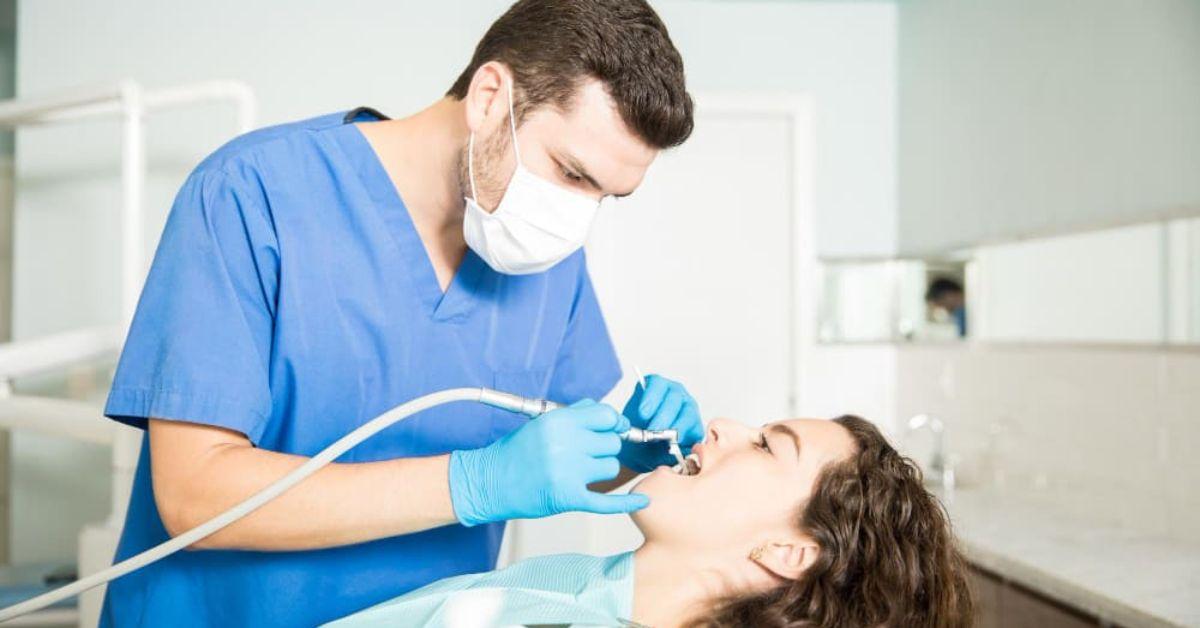Understanding the Risks of Dental Sedation in Modern Dentistry

Introduction to Dental Sedation Risks
Dental sedation has become a widely used method to ease patient anxiety, reduce discomfort, and allow complex dental procedures to be completed smoothly. While the practice is generally safe when performed by trained professionals, it is important to recognize that sedation is not without risks. Patients and practitioners alike need to be informed about possible complications, safety measures, and the importance of professional training in minimizing these risks.
Common Side Effects of Dental Sedation
Many patients experience mild and temporary side effects after sedation. These often include drowsiness, grogginess, dizziness, or slight nausea. These effects typically wear off within a few hours, but patients are usually advised not to drive or operate machinery for the remainder of the day.
Potential Risks with Nitrous Oxide Sedation
Nitrous oxide, or laughing gas, is considered one of the safest sedation methods in dentistry. However, improper administration may lead to side effects like headache, shivering, or in rare cases, oxygen deprivation if not balanced correctly with oxygen flow. This is why continuous monitoring is essential during use.
Risks of Oral Sedation Medications
Oral sedatives are convenient but carry risks related to dosage accuracy and patient sensitivity. Over-sedation may cause respiratory depression, while under-sedation may not provide adequate comfort. Allergic reactions to medication, although rare, can also occur. Dentists must carefully review a patient’s medical history before prescribing oral sedatives.
IV Sedation and Its Associated Risks
Intravenous sedation is more potent and allows precise control over sedation depth, but it also carries greater risks. Complications can include low blood pressure, irregular heartbeat, or breathing difficulties. For this reason, dentists who administer IV sedation are expected to complete advanced training such as IV sedation courses for dentists to ensure patient safety.
Risks for Patients with Pre-Existing Medical Conditions
Certain medical conditions, such as sleep apnea, heart disease, or respiratory issues, can increase the risk of complications from sedation. Patients with these conditions may require additional monitoring or adjustments to sedation protocols. Dentists must conduct a thorough pre-treatment evaluation to determine if sedation is appropriate.
The Role of Emergency Preparedness in Managing Risks
Even though serious complications are rare, being prepared for emergencies is critical. Dentists and their teams are often trained in life-saving techniques such as CPR and advanced certifications. Knowing the differences in training options, such as ACLS vs BLS, helps practitioners respond effectively if a patient experiences a medical emergency.
Training and Licensing to Reduce Sedation Risks
Dental professionals must keep their licenses active and meet continuing education requirements. In states like Texas, practitioners often need to complete CE programs to stay compliant. For example, dentists can renew Texas dental license by completing specific educational credits, including sedation-related training. This ensures dentists remain updated on the latest safety protocols.
Foreign Trained Dentists and Sedation Training in the US
Dentists trained abroad may be interested in practicing in the United States. Each state has unique requirements for licensure, including sedation training. Understanding the states that allow foreign trained dentists helps professionals determine where they can pursue practice, including specialized training in sedation dentistry.
Continuing Education and Risk Management
Ongoing education is essential for minimizing sedation risks. Dentists can participate in live dental CE courses to stay updated with the latest advancements in sedation protocols, patient monitoring technologies, and emergency preparedness techniques. These courses also provide hands-on experience, which is crucial for real-world patient care.
Balancing Benefits and Risks in Dental Sedation
While risks exist, the benefits of dental sedation are undeniable. Patients who suffer from severe dental anxiety or require complex procedures may find sedation the only way to complete treatment comfortably. The key is to balance benefits with potential risks by ensuring that sedation is administered by qualified, trained, and licensed professionals who prioritize patient safety.
Frequently Asked Questions
1. Is dental sedation safe for children?
Yes, when administered by a trained pediatric dentist, sedation is safe for children. However, dosages must be carefully monitored to prevent complications.
2. Can everyone receive dental sedation?
Not always. Patients with certain medical conditions or those taking specific medications may not be good candidates for sedation. A thorough evaluation is required before approval.
3. What is the riskiest form of dental sedation?
IV sedation and general anesthesia carry the highest risks compared to nitrous oxide or oral sedation. This is why they are administered under strict protocols by trained professionals.
4. How do dentists prepare for sedation emergencies?
Dentists undergo training in emergency response and maintain certifications such as BLS or ACLS. They also keep emergency equipment on hand in case of complications.
5. Do continuing education courses cover sedation risks?
Yes, CE courses often include training on risk assessment, emergency management, and safe administration of sedation techniques, ensuring dentists stay updated on best practices.
Conclusion
Dental sedation offers immense value in making dental care accessible and comfortable for patients. However, recognizing and managing the risks is crucial for both dentists and patients. With proper training, ongoing education, and strict adherence to safety protocols, sedation dentistry can be practiced with a high level of safety and effectiveness.
- Art
- Causes
- Crafts
- Dance
- Drinks
- Film
- Fitness
- Food
- Spiele
- Gardening
- Health
- Startseite
- Literature
- Music
- Networking
- Andere
- Party
- Religion
- Shopping
- Sports
- Theater
- Wellness



